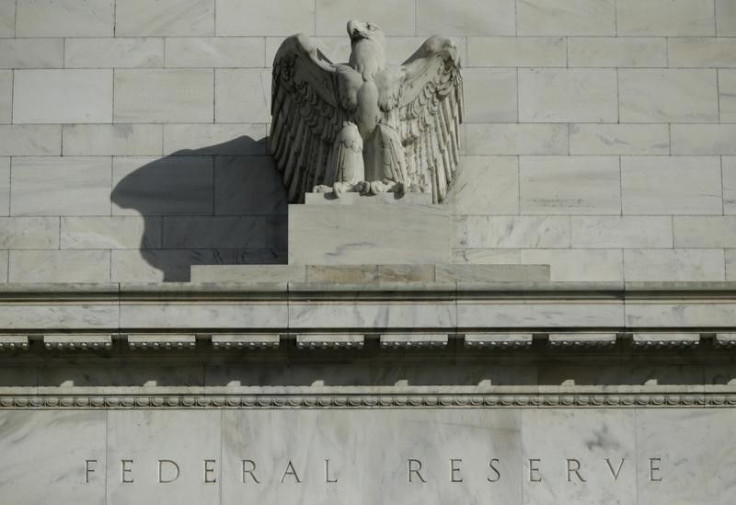Federal Reserve Stress Test Update: Big Banks Pass First Round Of Examinations

Every bank examined by the Federal Reserve managed to pass the first phase of annual stress tests, the Fed reported Thursday afternoon. It marks the first time since the annual examinations began in 2009 that all tested institutions passed. The examinations measure how the 31 largest banks in the country would perform during a hypothetical economic calamity. The Fed estimates that although banks would see $490 billion in losses under the most adverse scenario, they would remain sufficiently capitalized to continue lending.
Two banks had close calls: Zions Bancorporation, which was sanctioned last year, and Goldman Sachs.
Thursday’s results concerned banks’ capital ratios – the amount of safe assets institutions hold on their books relative to riskier assets that might suffer losses in a crisis. Cash, for instance, would maintain its value in a crisis, while complex derivatives might go up in smoke. Capital ratios are a way of ensuring that banks have enough of the stable assets to counteract losses in riskier ones.
The Fed sets the basic capital ratio bar at 5 percent. All banks cleared this hurdle, though Zions scraped by at only 5.1 percent in the most adverse scenario. On a related measure, Goldman Sachs also came within 0.1 percent of the minimum.
The results give credence to regulators’ contentions that the financial system has healed since the financial crisis. At the same time, there remain nagging concerns that the process has become increasingly routinized and predictable, as a Treasury Department study suggested earlier this week.
On March 11, the Fed will report how banks performed on their internal tests. Those results will determine how much firms can pay out to shareholders in the coming year.
© Copyright IBTimes 2024. All rights reserved.





















